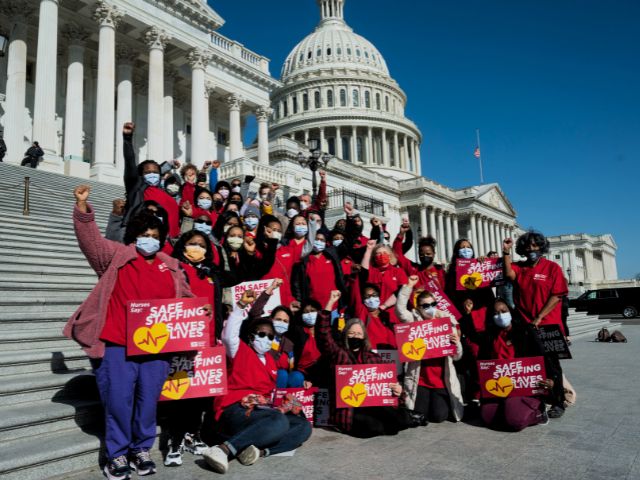Crossing the Picket Line
Nursing unions are different. The care they give to patients is essential and cannot be interrupted without catastrophic consequences. However, that doesn’t mean nurses are barred from striking.
A nurse’s union cannot call for a strike itself. Instead, a majority of the nurses in a given hospital must vote to strike. The facility must be given notice of the strike. This notice is meant to stop the intake of new patients and allow the facility time to transfer patients. It also gives the hospital time to contract with strike nurses to fill in during the strike.
This notice does not stop healthcare facilities from attempting to undermine striking nurses with temporary strike nurses. Nurses are naturally empathetic to the struggles of patients and a hospital may use that to their advantage by claiming they need strike nurses to ensure their patients are safe, when in reality their lack of care for patient endangerment is often what incites the strike itself. It pits nurses against one another while absolving the facility of their capability to stop the strike at any time.
Strike contracts are another way healthcare facilities can undermine the value of a nurse’s work, even for the temporary nurses working during the strike. Strike contracts can require up to six 12-hour shifts a week or require working 72 hours in a single week. These assignments are also open-ended meaning that a strike nurse may be working in these conditions for months at a time.
The proposed benefits of a strike contract for nurses are that the high costs of hiring strike nurses put financial stress on the institution. For example, the 2016 strikes against Allina Health cost the system $149 across its five hospitals.
Strike nurses are typically paid up to $100 an hour, while the average nurse is paid $39 an hour. That hourly pay does not take into account the billing percentage travel nursing agencies take out of the nurse’s wage, which made one staffing firm over $1.1 billion dollars in 2021.








